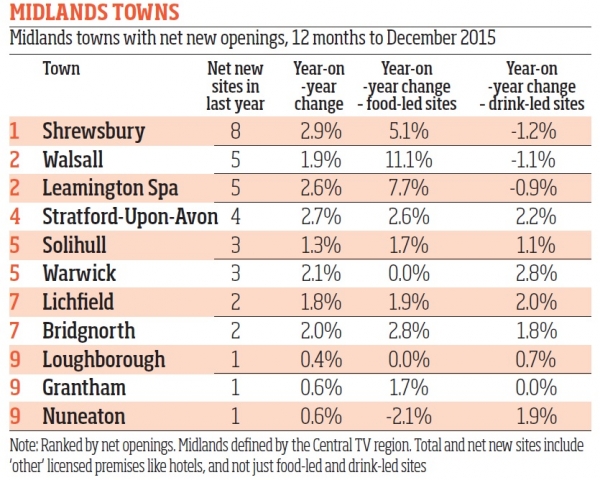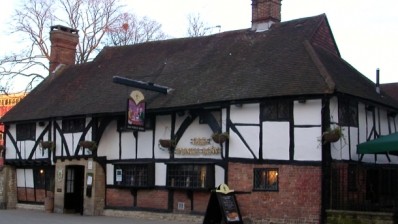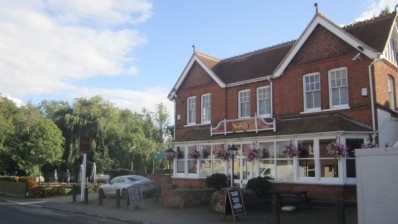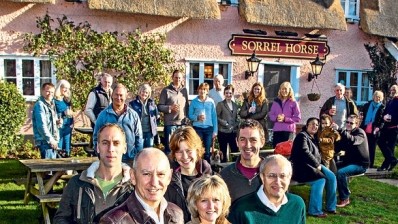Analysis
What do regional trends tell us about the current pub landscape?
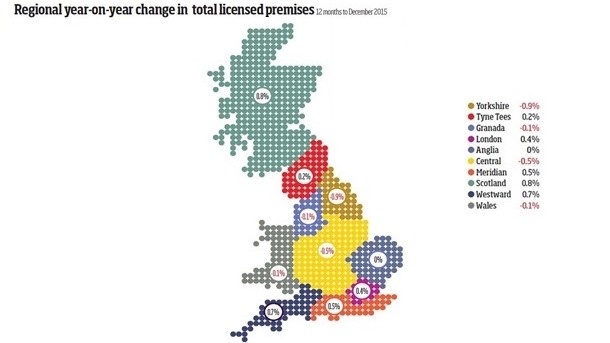
Unsurprisingly, the headline statistic from the data provided by CGA’s Outlet Index, "a comprehensive snapshot of all licensed premises", is one of continued decline in pubs nationwide with restaurant openings plugging some of this gap.
CGA found the bulk of new restaurant and pub openings are happening in city and town centres with 259 net new sites in the year to December, while suburban areas have suffered a decline of licensed premises from 2014 with a net loss of 249 sites — this represents the continued migration towards big British cities, according to CGA.
Drinking pubs comprise the brunt of closures during the past 12 months with the number of drink-led community and local pubs falling by 16.6% in the past five years with a “precipitous” 24.7% drop in pubs and bars linked to educational institutions.
“This is a reflection of the squeeze on student spending — and, perhaps, of the healthier habits of today’s undergraduates than those of yesteryear,” according to CGA.
Interestingly, the fortunes of rural areas of Britain is somewhere between the successes of the cities and the struggles of the suburbs — 138 net new sites opened in 2015, “a lot of them destination, food-led pub restaurants”.
Indeed, food-led establishments represent the key area of opportunity in big cities with Manchester (32%), Newcastle (30.8%), Leeds (34.6%) and Cardiff (46.5%) all seeing restaurants numbers rapidly increase during the past five years at a rate much faster than London (15.1%) — CGA claims that for pubs, a quality food offer would seem more crucial than ever.
The monitor analysed market in the Midlands region especially — the findings encapsulating many of the trends seen across the country.
“The Midlands has seen a long-term decline of industry and manufacturing, and the region has been as hard hit by the recession as any in the country.
“Familiar challenges like the smoking ban and supermarket discounting have added to the pressures — the days when parts of the Midlands had some of Britain’s highest concentration of pubs are now long gone.”
Roughly a fifth of all pub closures happen in the Midlands but the story isn’t all doom and gloom because about a dozen towns are described as “in growth mode” albeit modest.
“More genteel” towns in the region — Leamington Spa, Stratford and Shrewsbury, and others in a commuting radius of Birmingham, like Walsall and Solihull — have all experiences positive year-on-year growth in food-led sites, while Warwick, Lichfield and Nuneaton have seen an increase in drink-led sites.
Other towns, mostly in traditionally working class areas, have struggled: Stourbridge, Dudley and West Bromwich are among around a dozen Midlands places that have seen a net decrease in premises in the last year.
For restaurant and pub operators, in the Midlands and elsewhere in the UK, the trick would appear to be having the ability to spot which towns are likely to stay in the doldrums and which are primed for growth.
